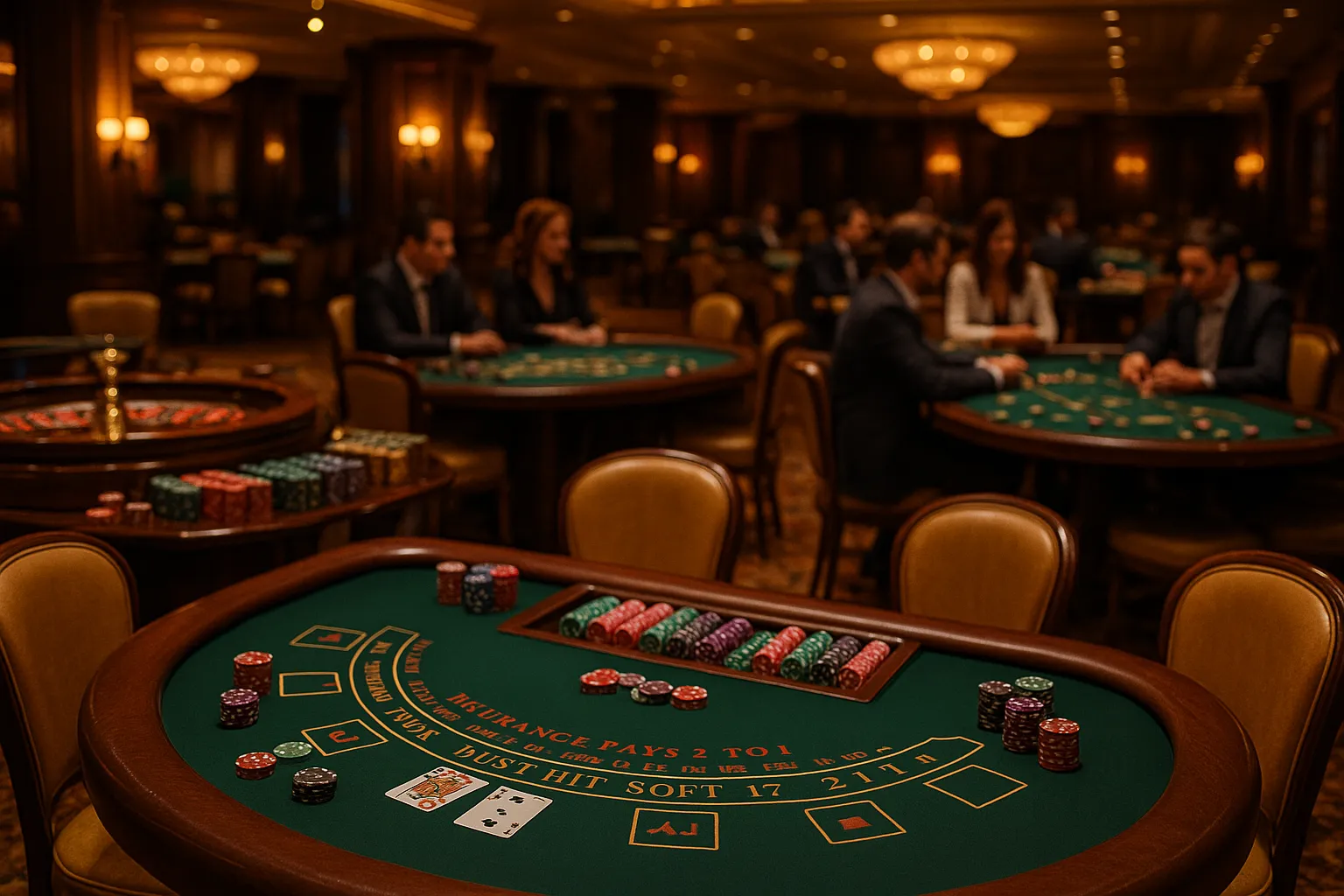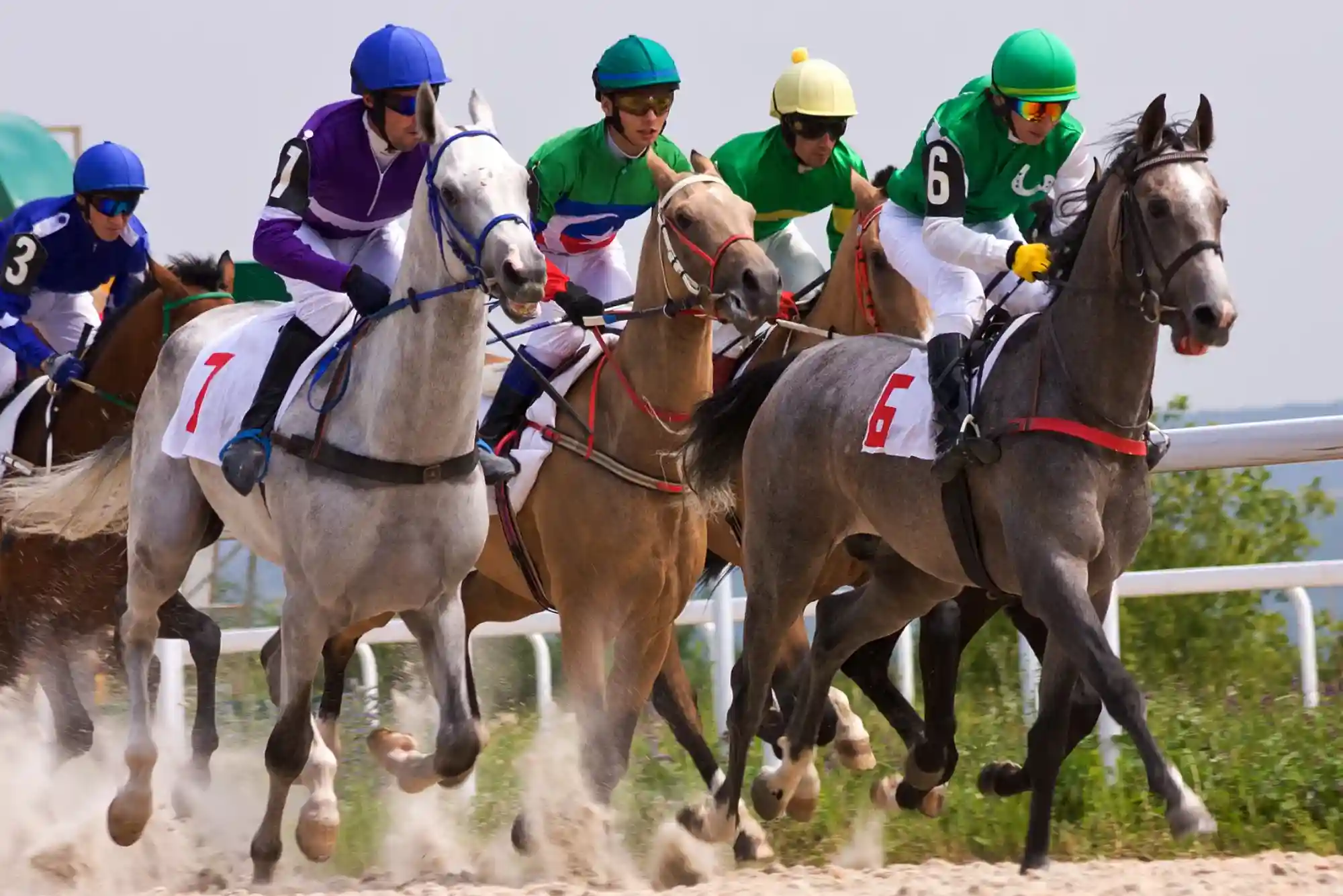Casinos are known for the thrill of their main games—whether you’re spinning the roulette wheel or testing your skills at poker. But beyond the core gameplay, many casino enthusiasts seek additional layers of excitement through side bets. Side betting features let players wager on outcomes that are separate from the primary game result, often with higher payouts but greater risk. In this article, we’ll explore some popular casino games that offer side betting options, explain how side bets work, and discuss practical tips for making the most of these features.
Understanding Side Bets in Casino Games
Side bets are optional wagers that allow you to bet on specific, often narrower outcomes than the main game. Typically, they require a small additional stake beyond your core bet. Because side bets focus on less likely scenarios—such as pairing two cards in blackjack or predicting specific dice combinations in craps—the casino often offers attractive odds compared to the main bet. However, those higher odds come with a steeper house edge, so it’s essential to approach side bets with a clear strategy and awareness of the risks.
How Side Bets Differ From Main Bets
When you place a main bet, you’re wagering on the primary outcome: for example, whether your blackjack hand beats the dealer’s or whether your roulette number hits. Side bets pivot to more specific events—such as receiving a pair in your first two blackjack cards or guessing which color the next spin will produce in roulette. While main bets generally have more balanced odds, side bets leverage low-probability events to offer outsized payouts. In exchange for that potential windfall, the house edge on side bets can be significantly higher.
Why Players Enjoy Side Bets
Many players love side bets because they add variety and suspense. Even if the main game isn’t going in your favor, a well-timed side bet can salvage part of your stake or even lead to a jackpot-like payout. For casual players, side bets inject extra entertainment, while seasoned gamblers may use them sparingly to diversify their betting strategy. Just remember: side bets should complement, not replace, a solid understanding of the main game’s odds and strategy.
Popular Casino Games With Side Betting Options
Below are some casino staples that incorporate side bets. We’ll highlight how each side bet works, what you should watch out for, and share real-world examples to illustrate their appeal.
Blackjack Side Bets
Blackjack is a classic favorite, and many tables now feature side bets that revolve around card combinations and suits. Common side bets include:
-
Perfect Pairs: Wager on your first two cards forming a pair (e.g., two Queens). If they match exactly in rank and suit, you hit a “perfect pair” and win a higher payout than for a mixed-suit pair.
-
21+3: This bet combines elements of poker. You bet on whether your first two cards plus the dealer’s upcard will make a flush, straight, three of a kind, or straight flush. Because these combinations are rarer, payouts can reach 100:1 for the top outcomes.
-
Royal Match: You’re betting on your first two cards being of the same suit. If they are suited Royals (King and Queen), you typically get a bonus payout.
Real-World Example: Perfect Pairs in Action
Let’s say you place a $5 main bet on blackjack and add a $1 Perfect Pairs side bet. You’re dealt the 7♦ and 7♥—a mixed-suit pair—resulting in roughly a 5:1 payout. Although you might lose your main bet if the dealer ends up with a blackjack, you still secure $5 from the side bet. That cushion can help offset losses over time, but keep in mind that Perfect Pairs often carry a house edge of around 6%.
Roulette Side Betting Variations
Traditional roulette already offers numerous betting options—straight-up numbers, red or black, dozens, and more—but some modern variants introduce extra side bets:
-
Neighbor Bets: Instead of betting on a single number, you wager on a number plus its two immediate neighbors on the wheel. If any of the three hits, you win. The payout is lower than a straight-up win but covers more ground.
-
Orphelins, Tiers, and Voisins: These French betting terms let you wager on segments of the wheel: “Neighbors,” “Tiers du Cylindre,” and “Voisin du Zero.” They function similarly to Neighbor Bets but cover five to eight numbers at once with a single wager.
Real-World Insight: Neighbor Bets for Coverage
Imagine you’re at a European roulette table and notice the wheel seems to favor a small cluster around 17. You place a Neighbor Bet covering 15-16-17 for €2. When the ball lands on 16, you net a €15 payout (35:1 divided by three). That split between coverage and potential high payout makes Neighbor Bets popular, especially when you sense a bias or pattern on the wheel.
Craps Side Bets
Craps enthusiasts know the game’s main bets—Pass Line, Don’t Pass, Come, and so forth—offer very low house edges. But side bets spice things up for players looking to maximize thrills:
-
Hardways: You bet that a pair of the same number (2+2, 3+3, 4+4, or 5+5) will be rolled before a “7” or before the “easy way” of that number (for instance, betting on a hard 6 means you need 3+3, not 5+1 or 4+2). A successful Hard 6 or Hard 8 pays 9:1 or 10:1.
-
Field Bet Side Variations: Some casinos offer multipliers in the Field. If a 2 or 12 hits, instead of paying 2:1 or 3:1, they might go up to 5:1 during certain promotions.
-
C&E (Craps and Eleven): A single-roll side bet predicting a 2 or 3 (“craps”) or an 11. Payouts can exceed 7:1 on 11s, but the house edge is quite steep—often above 10%.
Real-World Tip: Hard 8 Strategy
Suppose you place a $5 Hard 8 bet. The table pays 9:1, so a win nets you $45 plus your original $5. However, you must consider that the true odds of rolling 3–3 before a 7 are 1 in 10. Statistically, the house edge on a Hard 8 is around 9.09%. While tempting when you’re on a hot roll, be prepared for swings—hard bets are more volatility than Pass Line.
Online Variants and Live Dealer Side Bets
With the rise of live dealer casinos and online variants, side bets have proliferated even further:
-
Virtual Table Side Bets: Online blackjack tables often replicate the “21+3” or “Perfect Pairs” side bets you’d find in a bricks-and-mortar casino, sometimes offering even more exotic options like “Royal Match Deluxe,” which adds bonus payouts if suits match a certain way in successive hands.
-
Live Dealer Side Bets: In live poker rooms, side bets let you wager on community card combinations in Texas Hold’em or whether the dealer will make a certain hand in Three Card Poker. The digital platform tracks every card, so side bets are settled instantly, making them appealing for players who crave fast-paced action.
Finding a “Casino Not on GamStop 2025”
If you’re based in the UK and looking for a casino not on GamStop 2025, you might explore sites like LiveToTri. These platforms allow self-excluded players to find license-backed alternatives that aren’t covered by GamStop’s self-exclusion program. Keep in mind that non-GamStop casinos still require responsible play—look for credible licensing (e.g., MGA, Curacao) and ensure they follow safe gaming practices.
Practical Tips for Playing Side Bets
While side bets can be tempting, it’s crucial to approach them responsibly:
-
Bankroll Allocation: Dedicate only a small percentage (e.g., 5–10%) of your total casino budget to side bets. That way, if luck isn’t on your side, you won’t deplete funds meant for your core strategy.
-
Learn Payout Structures: Before placing a side bet, check the payout table and calculate the true house edge. For instance, most Perfect Pairs bets have around a 6% edge, while 21+3 sits closer to 3.2%. Knowing the math helps set realistic expectations.
-
Use Side Bets for Entertainment, Not Profit: Recognize that side bets lean heavily in the house’s favor. Treat them as a fun way to spice up your session rather than a reliable wealth-building tool. If you hit a big payout, celebrate—but expect that most sessions will see small, frequent losses on those extra wagers.
-
Watch for Promotions: Online casinos occasionally reduce the house edge on specific side bets during promotions—for example, offering 10:1 on a Hard 6 instead of 9:1. If you spot a favorable promotion, allocate a bit more to that side bet, but always revert to caution afterward.
Conclusion
Side bets offer an exciting dimension to casino gaming, adding layers of suspense and potential big wins—even when the main game isn’t going your way. Whether you enjoy guessing the perfect poker hand in 21+3 or banking on a hard roll in craps, it’s important to understand both the payout structure and the house edge baked into each side wager. By allocating a measured portion of your bankroll and treating side bets as entertainment rather than a primary strategy, you can enjoy the extra thrills without compromising your long-term play.




